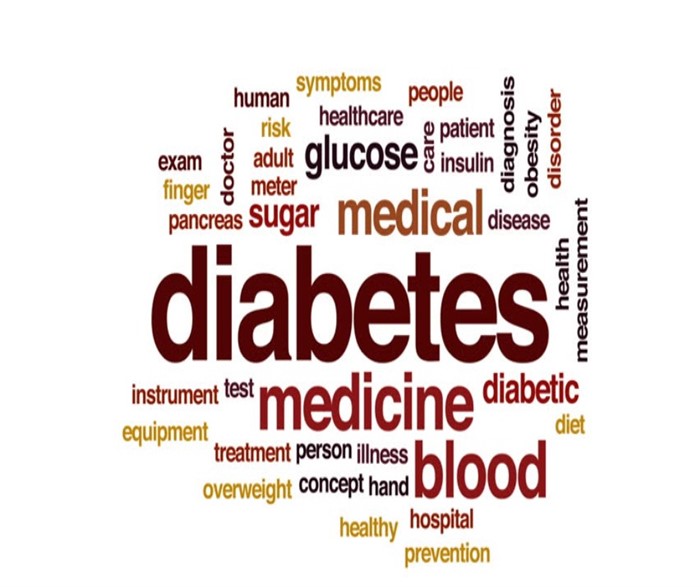Diabetes

Therapist of the Month – December 2020
13/12/2020
TRY THIS! Insulin stabilising remedies.
12/01/2021Diabetes is a health condition that causes blood glucose levels to be unstable and is dangerous if it is too high. The source of this blood glucose is food and the liver, which is used to transform into energy, but too much of it can cause health issues. When there are not enough insulin hormones produced or they are not be processed to be used in the natural way, this dis-order can ruin the body organs, increase the risk of heart disease, blindness or amputations caused by lack of oxygen to tissues to stimulate nutrients to the cells in body, blood vessel complications or poor blood circulation.
Common symptoms linked to diabetes include:
- reoccurring Candida thrush;
- regular Urinary Tract Infections;
- chronic wounds;
- fatigue;
- blurry vision;
- unstable weight.
(taken from Diabetes UK).
There are different “types” of diabetes but we will look at the most common ones, Type 1 and Type 2. Type 1 diabetes is the less common type and is a lifelong disorder, which usually manifests in childhood. It tends to need daily insulin injections to regulate blood glucose because the host body doesn’t produce enough insulin. This is linked to the pancreas cells which process the glucose to be distributed around the body and cells. Too much glucose can lead to high blood sugar levels, which can cause health problems linked to high cholesterol and blood pressure. It is still debatable whether it is a genetic dis-order. but there is a chance that Type 1 diabetes can be passed on genetically. Type 1 is recognised as an autoimmune condition because the dis-ease immune system attacks healthy cells in the pancreas, which prevents insulin production. As well as insulin injections, to live healthily with Type 1 diabetes, hosts can have sugar free drinks and eat wholegrain foods, pulses, fruit and vegetables.
Type 2 diabetes is more common, but if not treated, it can destroy the heart, lungs, eyes and feet. It is easier to manage through a balanced nutritious diet and regular daily exercise, which may allow the host to go into remission. It’s a form of diabetes that can develop later in life, due to obesity, high blood pressure, unbalanced diet, too much sugar and lack of exercise. This type of diabetes is also linked to Alzheimer’s disease and high blood sugar control. Ways to control type 2 diabetes include eating foods rich in fibre, fruits, vegetables, whole grains, omega-3 fish, nuts, weight control and daily exercise to regulate the heart. By building a daily routine, hosts will feel more control of living with diabetes, which will stimulate a positive mindset and life to monitor own glucose levels, identify symptom triggers, understand diet and exercise preferences.




